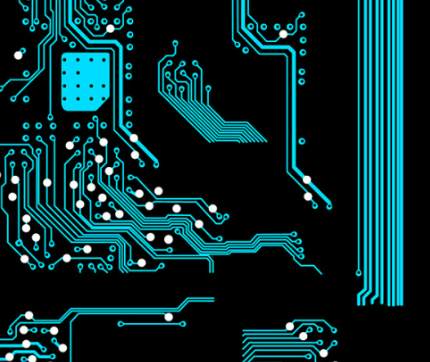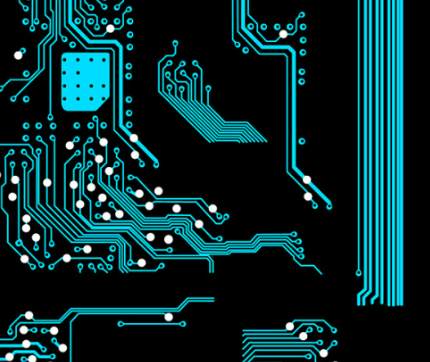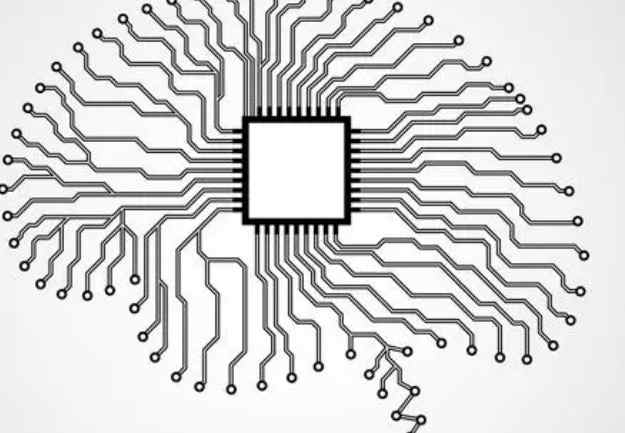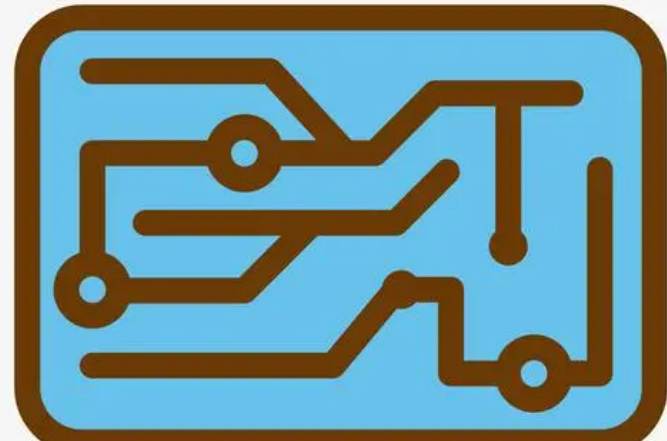
The problems that should be paid attention to when drawing PCB drawing are discussed from welding point of view
With the rapid development of electronic technology, electronic components of miniaturization, miniaturization, BGA, spacing of 0.3mm~0.5mm high density chip is more and more common, the requirements of electronic welding technology is becoming higher and higher. Although there are now more sophisticated SMT machines can replace manual welding, but there are too many factors affecting the quality of welding. From the point of view of patch welding, this paper introduces some points that need to be paid attention to when designing PCB. According to experience, if these requirements are not followed, it is likely to cause poor welding quality, virtual welding and even damage the pad or circuit board when repairing PCB.
1. Factors affecting PCB welding quality
From PCB design to the completion of welding of all components into a high quality circuit board, PCB design engineers and even the level of welding process, welding workers and many other links have strict control. There are mainly the following factors: PCB diagram, the quality of the circuit board, the quality of the device, the oxidation degree of the device pin, the quality of the solder paste, the printing quality of the solder paste, the accuracy of the program of the placement machine, the mounting quality of the reflow furnace temperature curve setting and so on.
Welding plant itself can not surmount the link is PCB drawing link. Because people who do circuit design often do not weld circuit boards so that they can not get direct welding experience, do not know the various factors affecting welding; And welding factory workers do not understand the drawing board, they just finish the production task, have no mind, more have no ability to analyze the causes of bad welding. Due to the two aspects of the talent in their respective roles, it is difficult to organically combine.
Two, the PCB drawing suggestions
Next, I put forward some suggestions for PCB drawing design and wiring engineers, hoping to avoid all kinds of bad drawing that affect welding quality in the process of drawing. Will be introduced mainly in the form of graphics.
1, about the positioning hole: PCB board four corners to leave four holes (minimum aperture 2.5mm), for printing solder paste positioning circuit board. It is required that the center of X axis or Y axis should be on the same axis, as shown in the figure below:
2, about Mark point: used for placement machine positioning. The PCB board should be marked with the Mark point, the specific position: it can be a round or square pad on the diagonal of the board, and do not mix with the pad of other devices. If there are devices on both sides, both sides should be marked.
When designing PCBS, please note the following:
a. Mark points are shaped like the following pattern. (up and down or left and right)
The dimensions of b and A are 2.0mm.
c. There should be no shape and color changes that may cause misidentification within 2.0mm from the outer edge of Mark point. (pad and paste)
d. The color of Mark point should be different from the color of PCB around it.
e. In order to ensure the accuracy of identification, copper or tin is plated on the surface of Mark point to prevent surface reflection. The shape is only marked by lines, light points can not be recognized.
3. About leaving 5mm edge: when drawing PCB, no less than 3mm edge should be left in the long side direction for the placement machine to transport the circuit board. Within this range, the placement machine cannot mount devices. Do not place patch devices within this range.

The circuit board with devices on both sides should be taken into account the second time over reflux will be welded side of the side of the device off, serious will rub off the pad, destroy the circuit board.
Therefore, it is recommended not to place the patch device within 5mm from the long side of the less side of the chip (generally the Bottom surface). If it is true that the board area is limited, it can be added to the long side of the process edge, see the article 17 "Suggestions on board and process edge".
4. Do not directly pass the hole on the pad: the defect of passing the hole directly on the pad is that the solder paste flows into the hole after melting at the time of over-reflux, resulting in the lack of tin on the device pad, thus forming virtual welding. As shown below:
5. Polarity labeling of diode and tantalum capacitor: polarity labeling of diode and tantalum capacitor should conform to industry regulations, so as to avoid wrong welding direction by workers based on experience. As shown below:
6. Screen printing and identification: Please hide the device model. Especially the circuit board with high device density. Otherwise, dazzle the effect of finding the welding position. As shown below:
And don't just label the model, not the label. As shown in the figure below, it is impossible to program the chip machine.
The size of a silk screen character should not be too small to read. Character placement should be staggered over holes to avoid misreading.
7, about the IC pad should be extended: SOP, PLCC, QFP packaging IC drawing PCB should be extended, PCB pad length =IC foot length ×1.5 is appropriate, so that when manual soldering iron, chip pin and PCB pad, tin three melt into one.
8, about the width of the IC pad: SOP, PLCC, QFP packaging IC, drawing PCB should pay attention to the width of the pad, PCB on the pad a width =IC foot width (i.e. : Nom in datasheet. Value), please do not widen, ensure that b(i.e., between two pads) has enough width, so as not to cause continuous welding.









